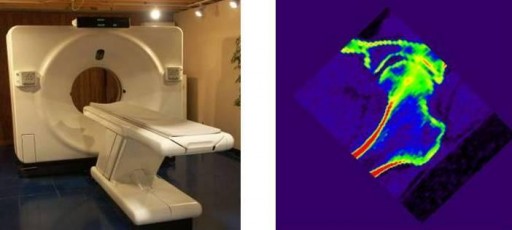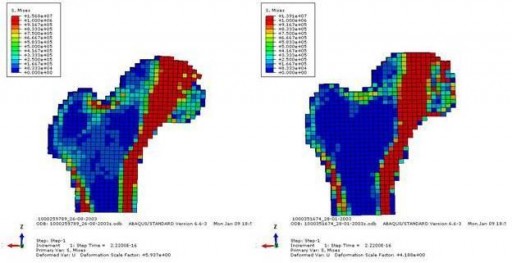HipQCT


HipQCT is a feasibility study going by the full name of QCT Modality for Risk Surveillance of Bone – Effects of In-flight Countermeasures on Sub-regions of the Hip Bone. The operation of the study is quite simple while it offers a large return in data and insight.
Astronauts would be undergoing quantitative computed tomography (QCT) before and after their flight to detect changes in the structure of their hip bones in response to in-flight bone-loss countermeasures that are implemented aboard ISS.
The 3D bone measurements will determine fracture risk and will help define the response of hip bone structure to spaceflight, to countermeasures and to the return to Earth’s gravity.
Changes of the Cortical Bone and Trabecular Bone will be used to determine the effectiveness of on-orbit countermeasures that include physical exercise, a special diet and biochemically based countermeasures.
Results from HipQCT will help develop better countermeasures for future flights and also provide data on osteoporosis that is a growing problem on Earth.
